Galileo Galilei was born on February 15, 1564 in Pisa, Italy. Galileo pioneered "experimental scientific method" and was the first to use a refracting telescope to make important astronomical discoveries.
In 1609 Galileo learned of the invention of the telescope in Holland. From the barest description he constructed a vastly superior model. Galileo made a series of profound discoveries using his new telescope, including the moons of the planet Jupiter and the phases of the planet Venus (similar to those of Earth's moon).
As a professor of astronomy at University of Pisa, Galileo was required to teach the accepted theory of his time that the sun and all the planets revolved around the Earth. Later at University of Padua he was exposed to a new theory, proposed by Nicolaus Copernicus, that the Earth and all the other planets revolved around the sun. Galileo's observations with his new telescope convinced him of the truth of Copernicus's sun-centered or heliocentric theory.
Galileo's support for the heliocentric theory got him into trouble with the Roman Catholic Church. In 1633 the Inquisition convicted him of heresy and forced him to recant (publicly withdraw) his support of Copernicus. They sentenced him to life imprisonment, but because of his advanced age allowed him serve his term under house arrest at his villa in Arcetri outside of Florence.
Galileo's originality as a scientist lay in his method of inquiry. First he reduced problems to a simple set of terms on the basis of everyday experience and common-sense logic. Then he analyzed and resolved them according to simple mathematical descriptions. The success with which he applied this technique to the analysis of motion opened the way for modern mathematical and experimental physics. Isaac Newton used one of Galileo's mathematical descriptions, "The Law of Inertia," as the foundation for his "First Law of Motion."
Galileo became blind at the age of 72. His blindness has often been attributed to damage done to his eyes by telescopic observations he made of the Sun in 1613. The truth is he was blinded by a combination of cataracts and glaucoma. Galileo died at Arcetri in 1642—the year Isaac Newton was born.
www.lucidcafe.com
sandeep blog knowledge centre
Sunday, January 16, 2011
Wednesday, January 12, 2011
how a hovercraft works
A hovercraft is a vehicle that glides over a smooth surface by hovering upon an air cushion. Because of this, a hovercraft is also called an Air-Cushion Vehicle or ACV. The hovercraft creates vents of air, which are trapped beneath the vehicle by a curtain surrounding the base. These currents of air can create an air cushion on any smooth surface, land or water! Since a hovercraft can travel upon the surface of water, it is also called an amphibious vehicle. Here is a picture of a modern hovercraft and a diagram showing how the air vents create the air cushion (Wikipedia, 2007):
How does the air cushion beneath the hovercraft allow the vehicle to glide to freely? The key to the ease of movement is reducing friction. Vents of slowly moving, low-pressure air are ejected downwards against the surface close below it creating the air cushion. The air is trapped beneath the hovercraft by a flexible skirt, also called the curtain. The trapped air cushion greatly reduces the friction of the vehicle, allowing it to glide freely upon the smooth surface below.
In this experiment, you will build your own mini hovercraft using a CD, recycled bottle, and a balloon. You will use balloons of different sizes to test if more air will cause the hovercraft to travel for longer periods of time. A large balloon will provide a larger volume of air, and a small balloon will provide a smaller volume of air. Will a larger balloon make the hovercraft travel longer than a smaller balloon?
http://www.sciencebuddies.org/
 |  |
| This image shows a modern style hovercraft which carries passengers over the surface of the water. (Wikipedia, 2007) | This image shows how the air vents moving through the hovercraft create the air cushion below the craft for movement: 1) propellers, 2) air currents, 3) fan, and 4) flexible skirt. (Wikipedia, 2007) |
How does the air cushion beneath the hovercraft allow the vehicle to glide to freely? The key to the ease of movement is reducing friction. Vents of slowly moving, low-pressure air are ejected downwards against the surface close below it creating the air cushion. The air is trapped beneath the hovercraft by a flexible skirt, also called the curtain. The trapped air cushion greatly reduces the friction of the vehicle, allowing it to glide freely upon the smooth surface below.
In this experiment, you will build your own mini hovercraft using a CD, recycled bottle, and a balloon. You will use balloons of different sizes to test if more air will cause the hovercraft to travel for longer periods of time. A large balloon will provide a larger volume of air, and a small balloon will provide a smaller volume of air. Will a larger balloon make the hovercraft travel longer than a smaller balloon?
http://www.sciencebuddies.org/
our solar system
Our Solar System
Our solar system is filled with a wide assortment of celestial bodies - the Sun itself, our eight planets, dwarf planets, and asteroids - and on Earth, life itself! The inner solar system is occasionally visited by comets that loop in from the outer reaches of the solar system on highly elliptical orbits. In the outer reaches of the solar system, we find the Kuiper Belt and the Oort cloud. Still farther out, we eventually reach the limits of the heliosphere, where the outer reaches of the solar system interact with interstellar space. Solar system formation began billions of years ago, when gases and dust began to come together to form the Sun, planets, and other bodies of the solar system.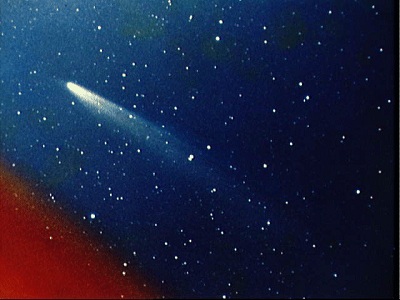
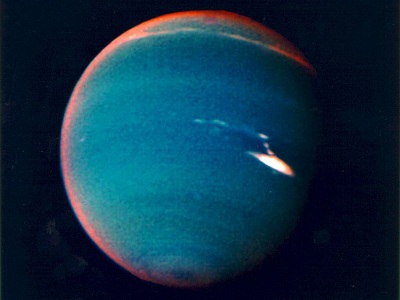
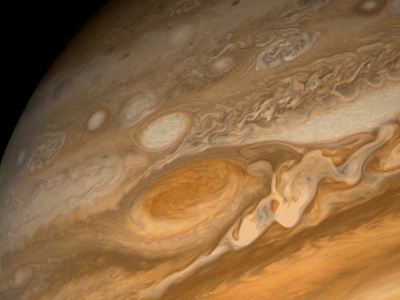
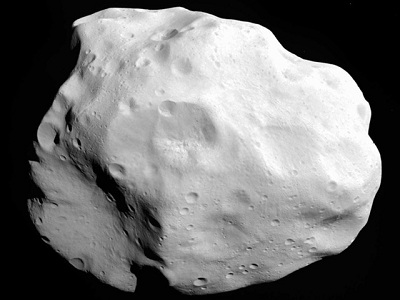
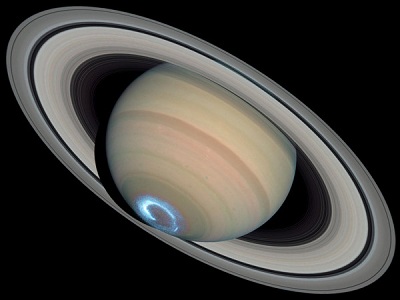

www.windows2univers.org
Sunday, January 9, 2011
space science
Space science is an all-encompassing term that describes all of the various science fields that are concerned with the study of the Universe, generally also meaning "excluding the Earth" and "outside of the Earth's atmosphere". Originally, all of these fields were considered part of astronomy. However, in recent years the major sub-fields within astronomy, such as astrophysics, have grown so large that they are now considered separate fields on their own. There are eight overall categories that can generally be described on their own; Astrophysics, Galactic Science, Stellar Science, non-Earth Planetary Science, Biology of Other Planets, Astronautics/Space Travel, Space Colonization and Space Defense. The Library of Congress and Dewey Decimal System have a major classification "Descriptive Astronomy" which they use instead of placing descriptive works into their huge "Geography" collections. Space science should not be confused with space research and space exploration.
http://www.wekiupidea.org/
http://www.wekiupidea.org/
Subscribe to:
Posts (Atom)



